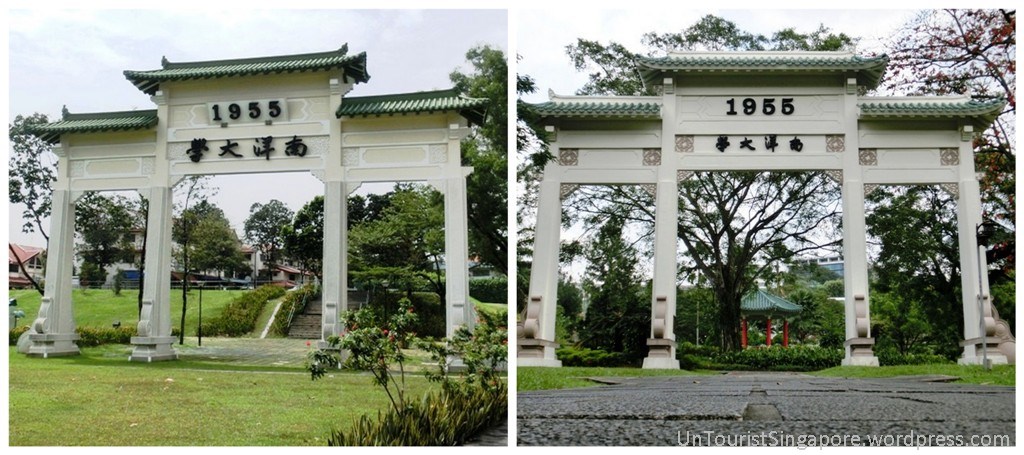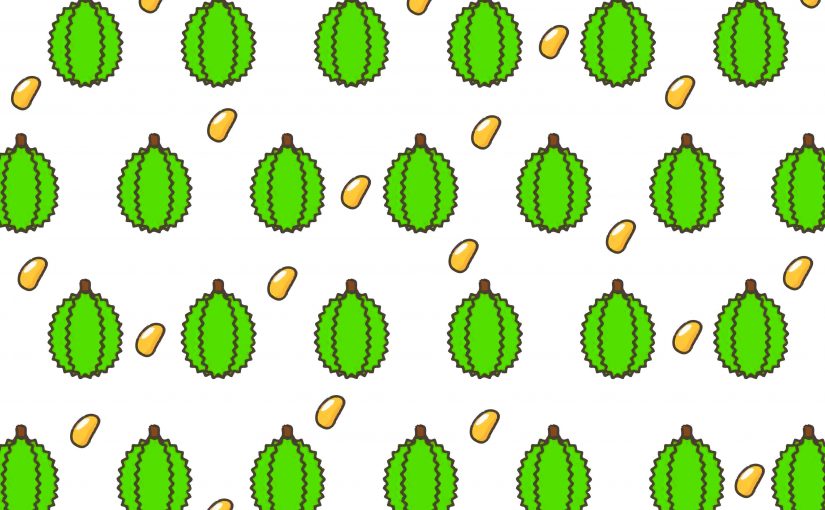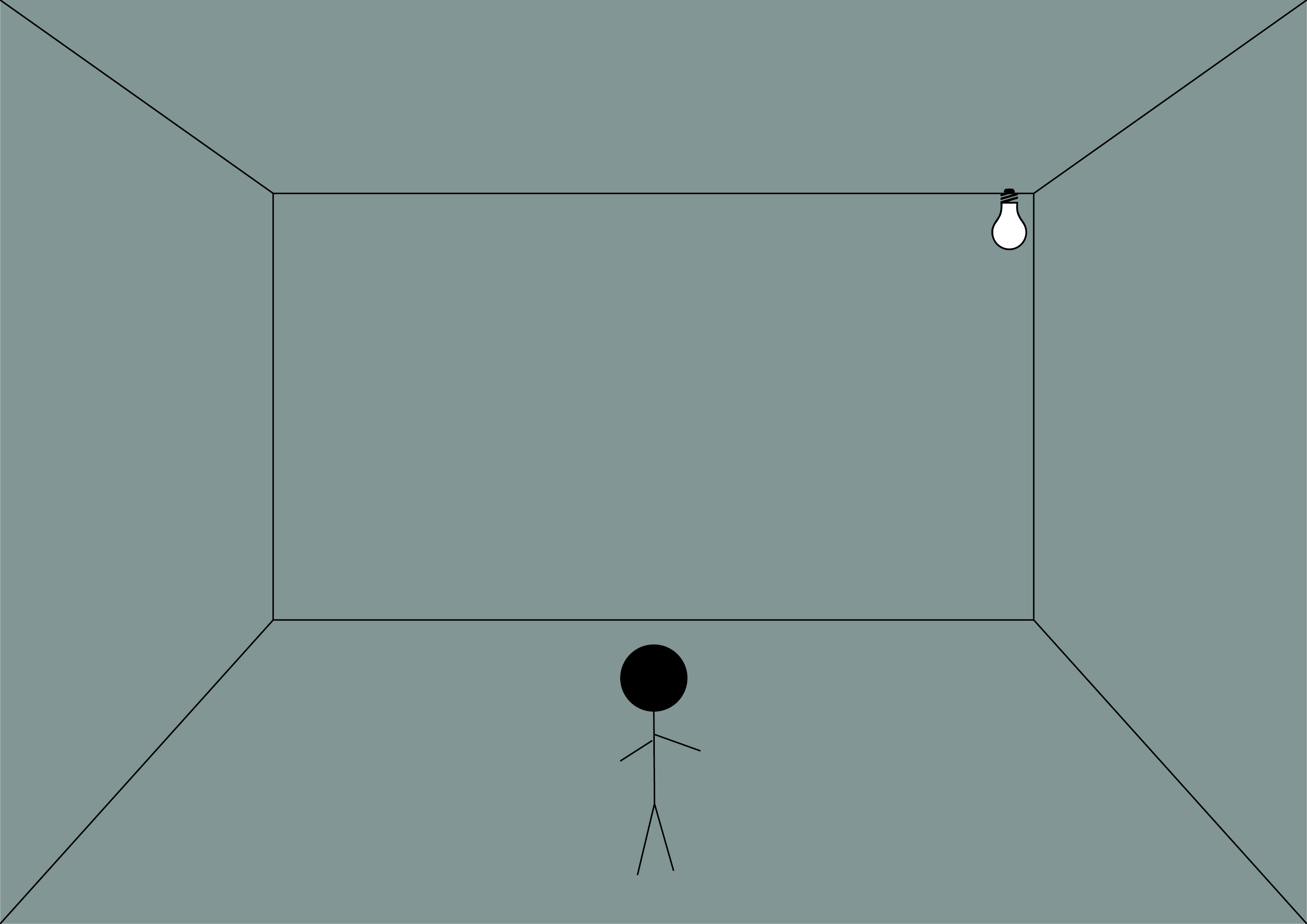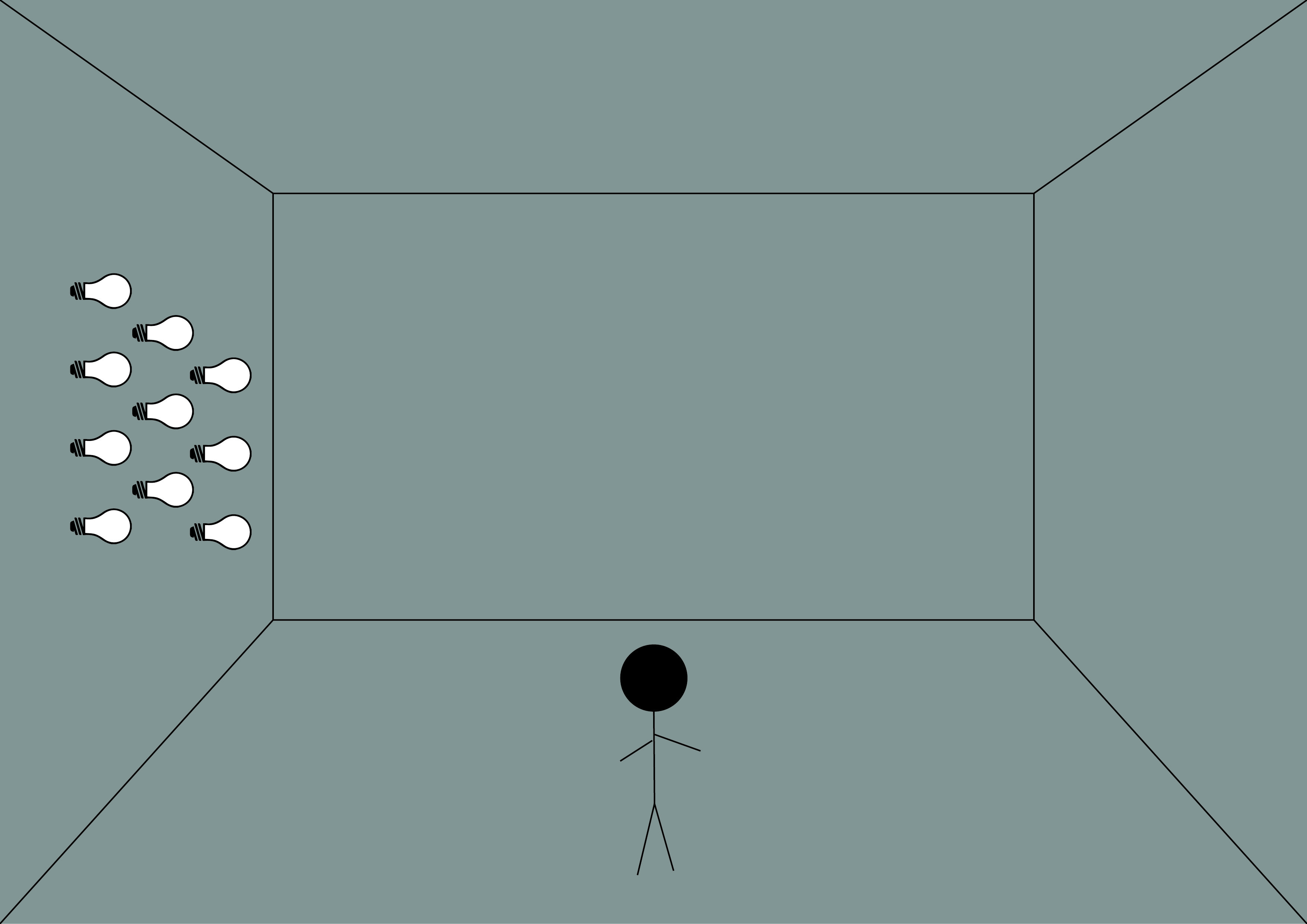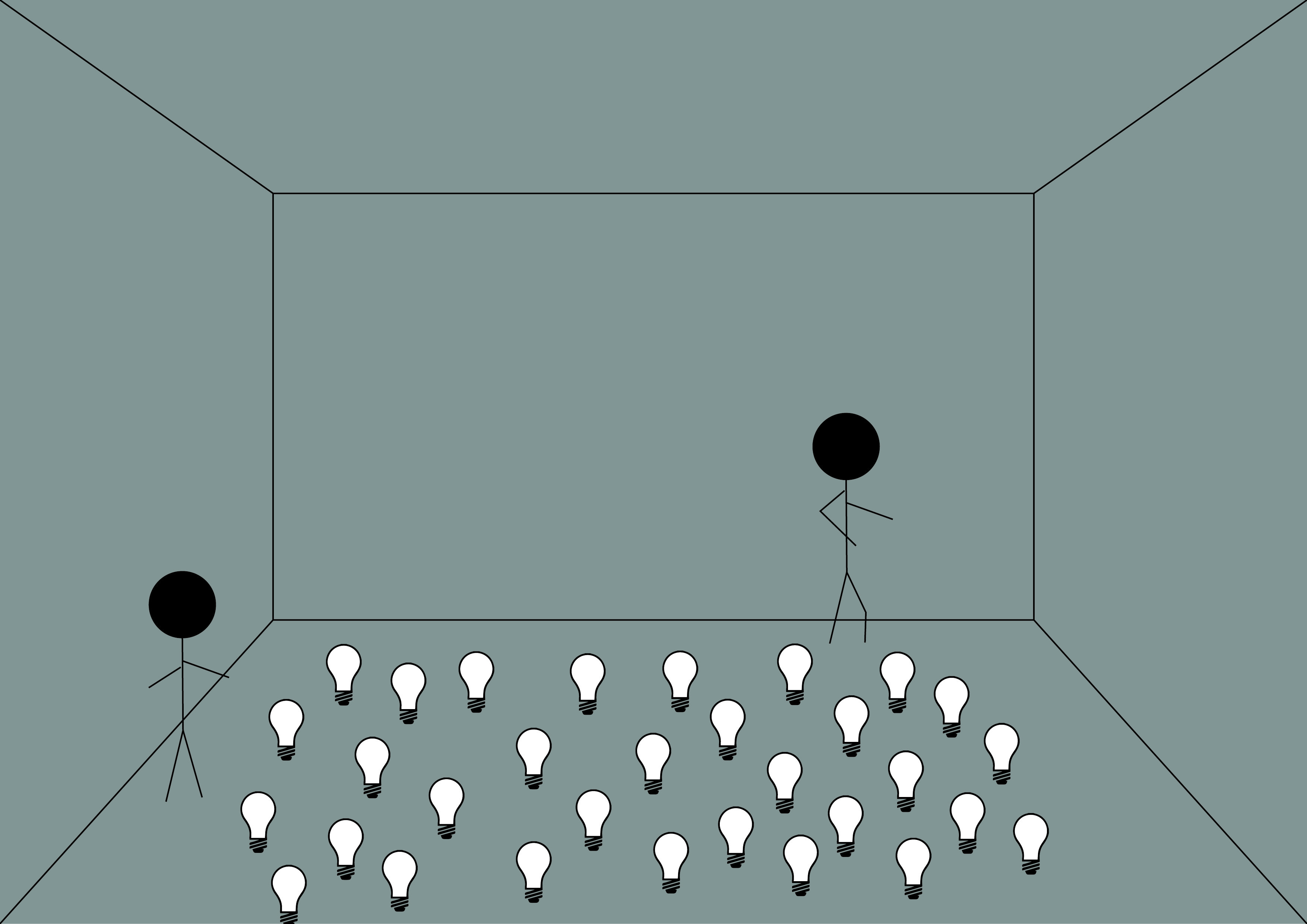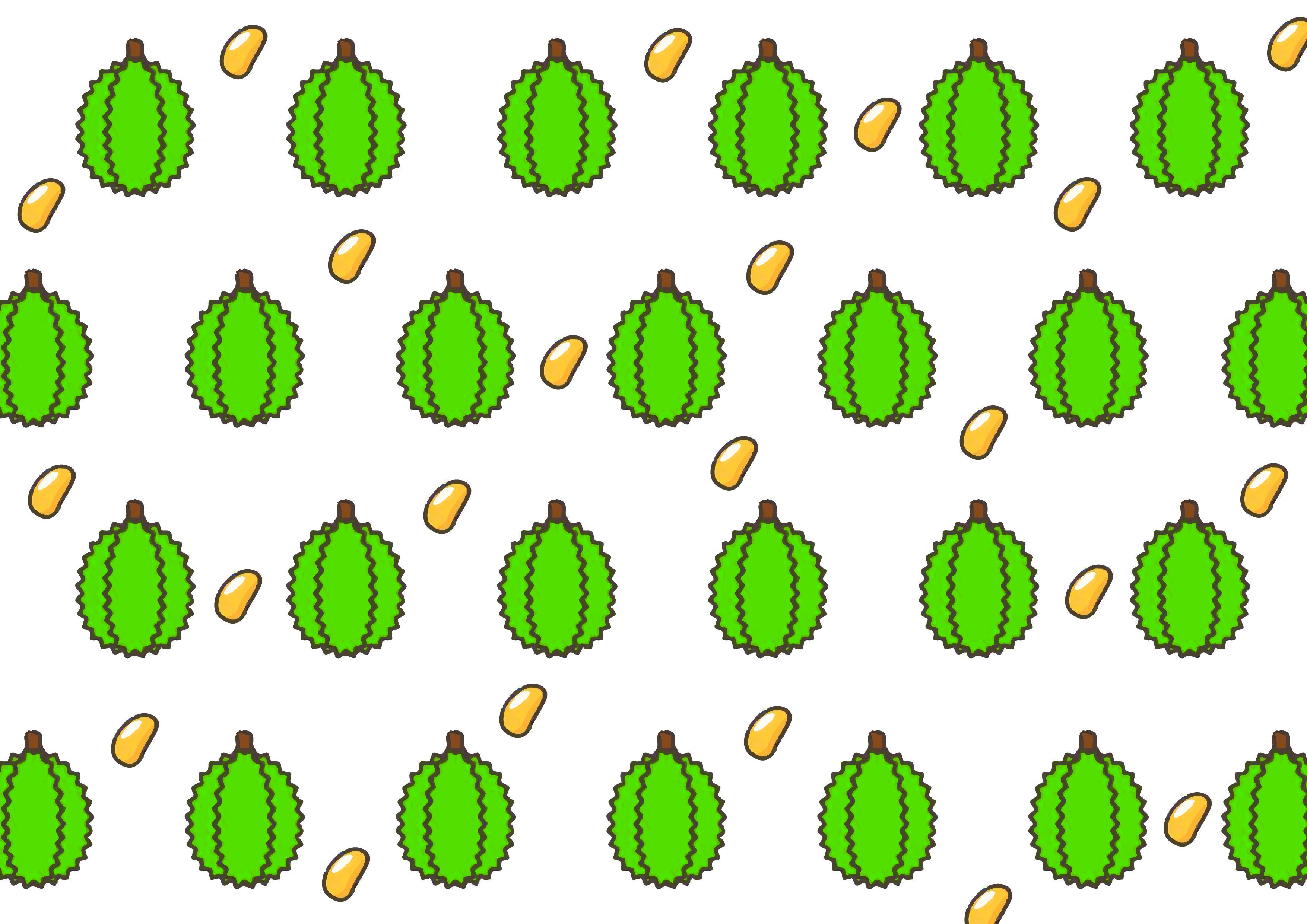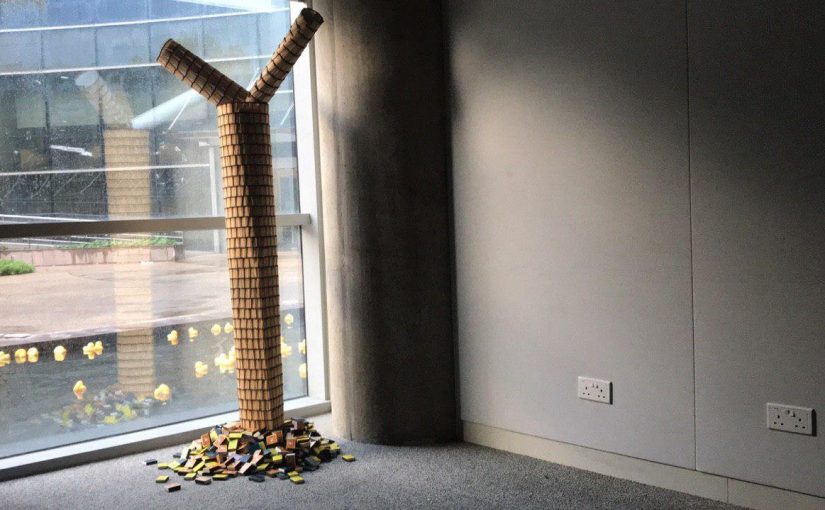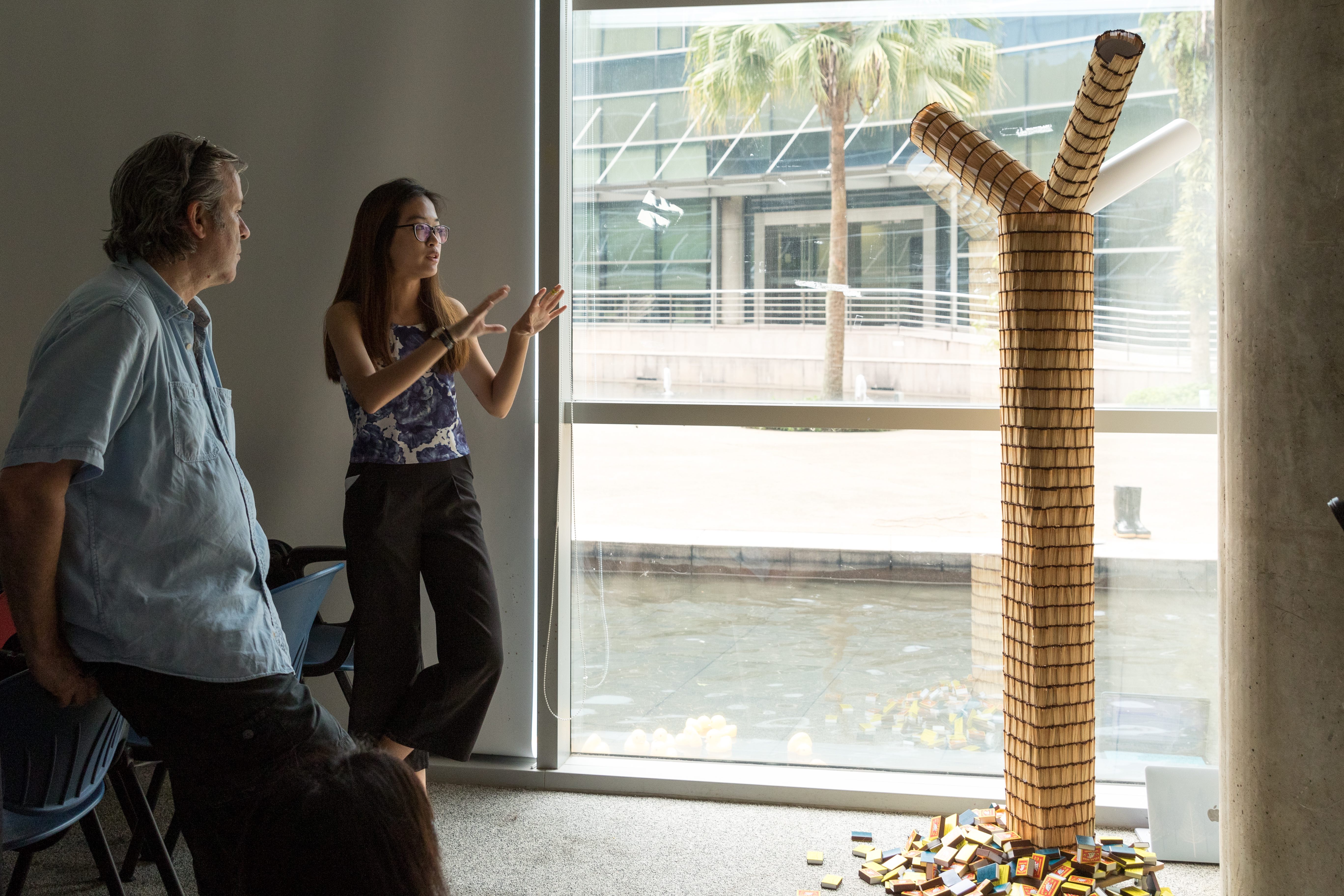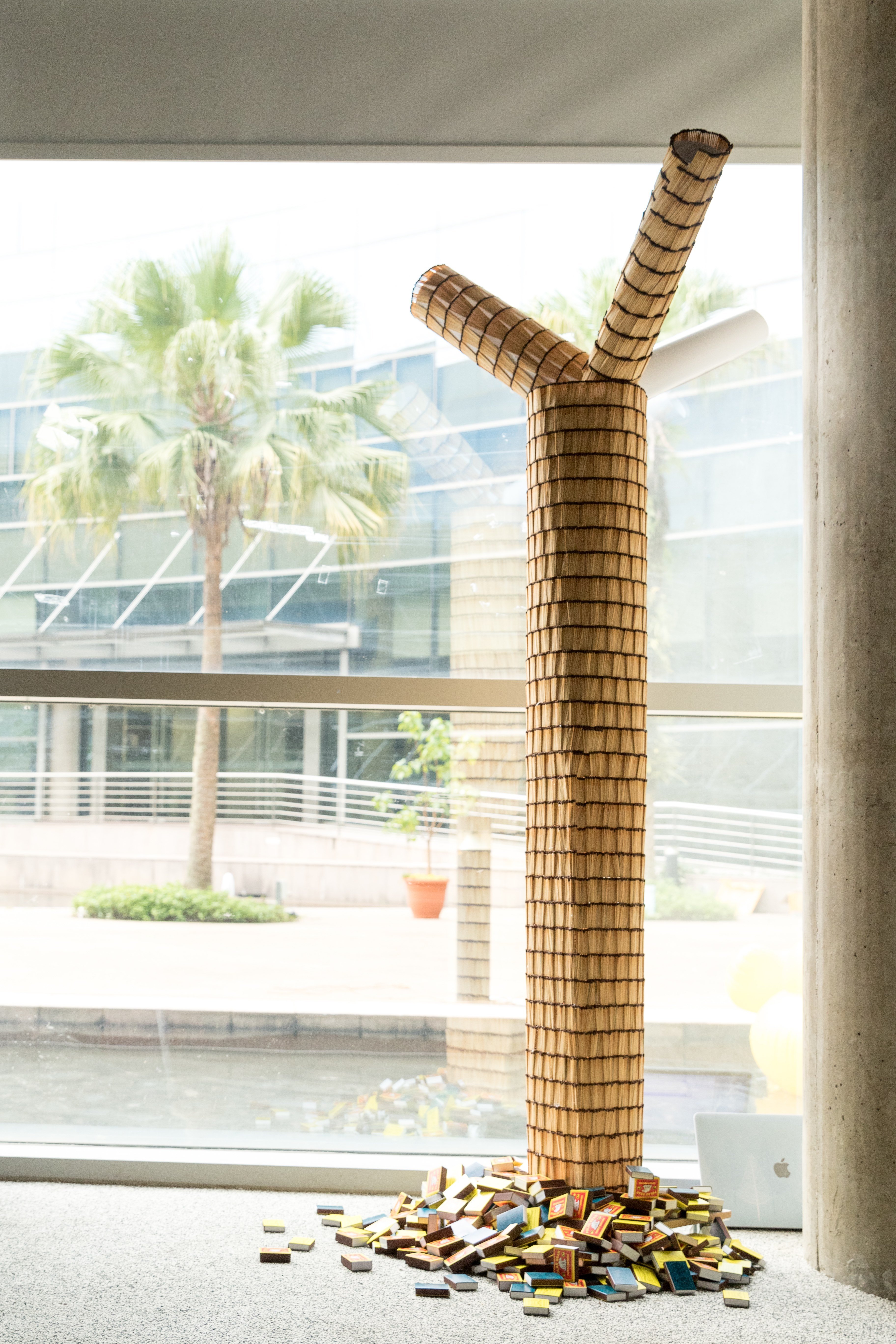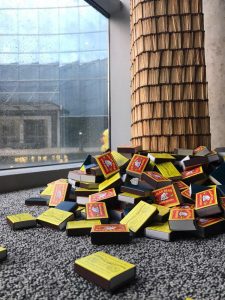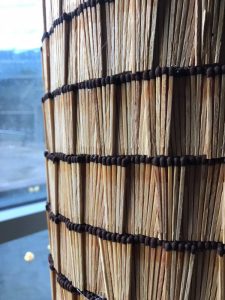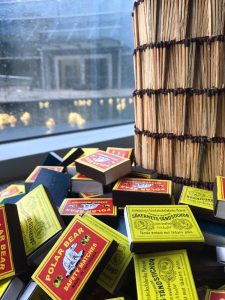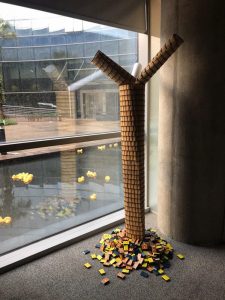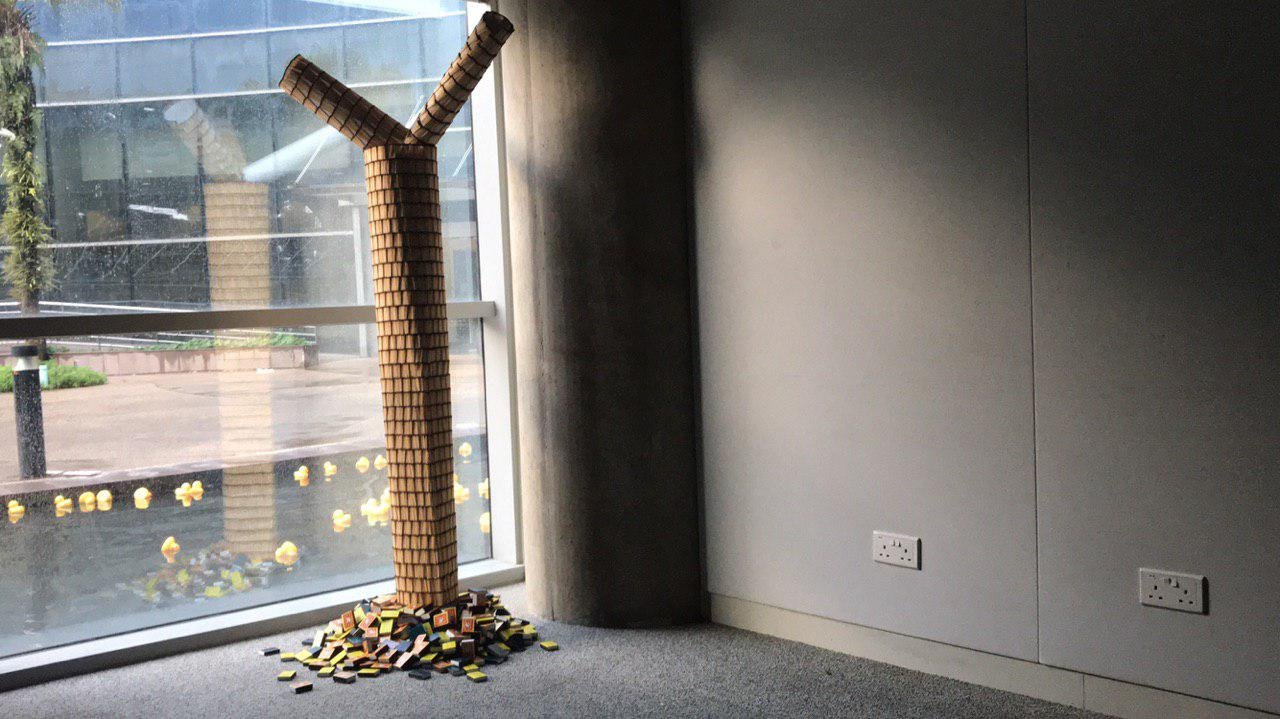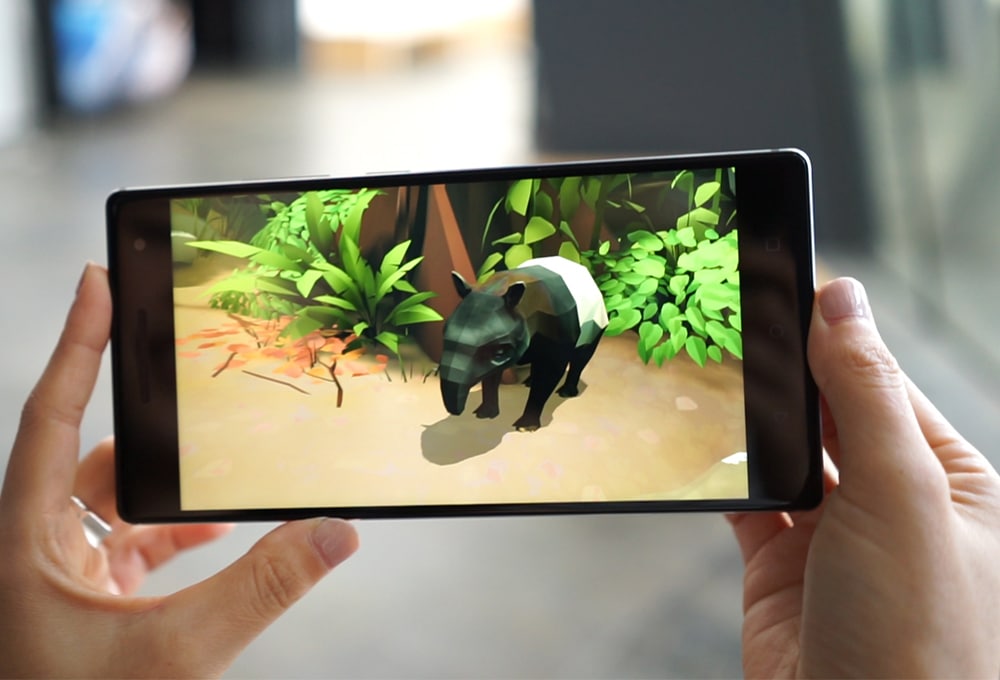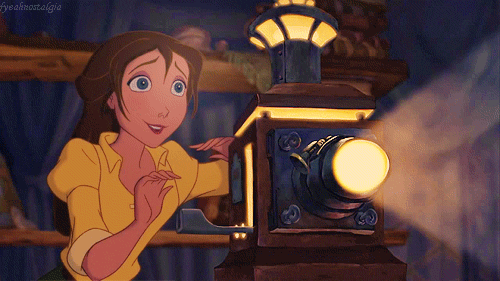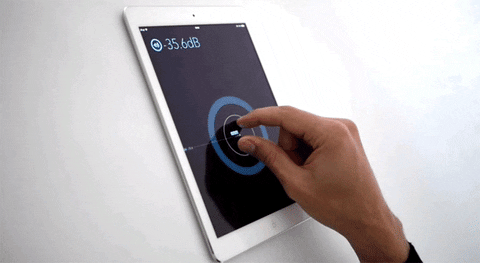By Scott McQuire
I think we are still stuck with this idea of the street and the plaza as a public domain, but the public domain is radically changing. […] with television and the media and a whole series of other inventions, you could say that the public domain is lost. But you could also say that it’s now so pervasive it does not need physical articulation any more.I think the truth is somewhere in between.
Our group did a presentation on this thus the review will be mainly what we presented about. Our group came out with a thesis to relate the readings to:
Instead of being a form of media that is subsuming the public space, Social Media/the Internet can be viewed as the new ‘public space’ which transgresses the historical boundaries of public and private space due to its ability to be accessed in private spaces.
Performing Public Space

In the 18 century, the flowering of public life due to the emergence of new public spaces like theatres, parks where strangers might get to meet. There was this thing called playacting where social role playing helps to sustain public culture among strangers. In the current world where internet is so advance, it allows people to have an online identity and getting to meet different persona in the online space. Online space like social media and role playing games involves interaction and communication with everyone. Thus, can we consider the online space as a public space?
Down in the Street
In the 19 century, the street was known as the common meeting ground and communication platform for everyone. Sadly, comparing the busy street in the past to current day, the past have more human interaction as compared to today where people exist in their own bubble, either in vehicles or as pedestrians. The public space and the online space have one thing in common where people will meet and mingled regardless of their social classes. Haussmannization was also emphasised in the reading. New boulevards lead to new patterns of social contact, working class housing became more segregated as many workers were relegated to outlying suburbs.
The crowd emerged as a specific social actor, […] the characteristic experience of the modern city is living among strangers who remain strangers.
Living among strangers who remain strangers; our current social media where apps like Instagram and Facebook, how many people that you followed are people that you actually don’t know them personally?
Post-Urbanism
Suburbs […] are notably rich in private spaces and poor in public ones. By the postwar era even the layout of American homes – spacious backyards and ‘decks’ replacing front porches and stoops – had come to express a turning away from the street and towards controllable domesticity.
In the past, the emergence of white suburban areas and black ghettos significantly altered the balance between public and private space. The line between the rich and the poor spaces are blurred due to the the advance in technology and how easily everyone can access to the online platform. By condensing one’s entire social life onto a single device, the need for social interaction in a public space is eliminated.
Control Space
The modern world may be a society of strangers, but no one was able to maintain their anonymity for long. Bodies may well have ‘disappeared’ as it became possible to do things at a distance, without direct involvement or intervention, but they were made to re-appear courtesy of surveillance.
CCTV systems can be seen almost everywhere in the world today and travelling through a contemporary city is likely to leave a traceable record. People used to question the need for CCTV as it leave us with no privacy but taking 9/11 attacks as an example where the movement of the culprit was retraced from various footage like entering a gas station and convenience store, making things easier for government and police to find the culprit. The control of the street become part of a wider agenda to render urban space not only safe but predictable.
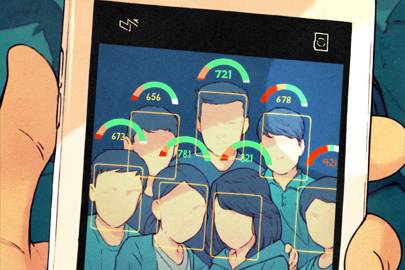
Which brings us back to the Chinese Social Credit System today, where the Chinese state is setting up a vast ranking system that will monitor the behaviour of the population and rank them based on their social credits. The area became so controlled that everyone need to be aware of their own behaviours. This implementation has its pros and cons depending on how people perspective are and there’s a lot of forum talking about it whether it is a good or bad thing to the people there.
The Dream of Ludic Space
Due to the unexpected encounters on city streets people has fear the public space for a long time. Having a centralised urban planning and technologies of policing seek to make it a routine for people to reduce the uncertainty generated in crowding. However, having strategy like this generated unruly energies. This has led to the recurrent speculation on whether there is still space for unplanned social interaction outside of the commodity spectacle.

Having internet as a communication platform actually caused many people to not want to leave their home to interact with people. In the online world, you do not have to fear of having awkward face to face situation and you have a choice to whether you want to avoid talking to someone by simply not clicking into their profile or just ignoring any incoming messages. However, think of it another way, where people who are socially awkward have a chance to interact with people through the online platform as well.
Mobile Publics
In the earlier phase of media city, telephone and television were primarily fixed. Now, people are generating new possibilities for social interaction in which information flows are increasingly able to act on the shape social activities as they occur. It alter the dynamic of public interactions among crowds of strangers.
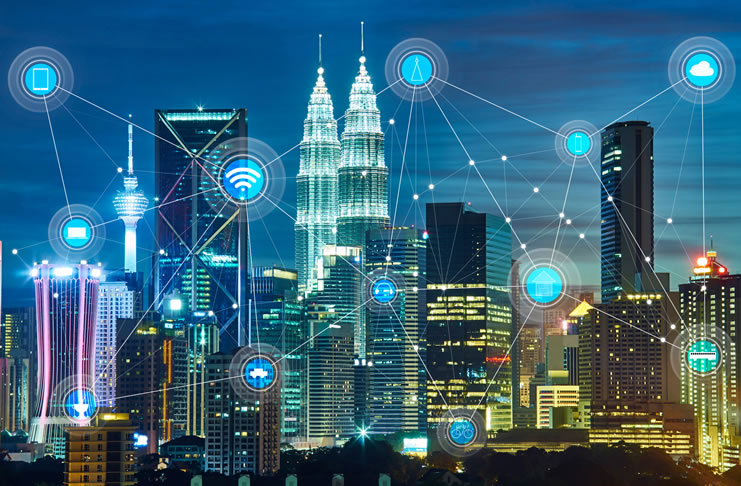
Smart mobs, cooperate in ways never possible before because they carry devices that possess both communication and computing capabilities. Things like arranging the meet up over the internet and only show up at specific time and location using their phone to negotiate a discount with the retailer. There is no human to human interaction here but everything can be done through on the online platform.
New technology has never been a sufficient condition for social change and is in fact more likely to be integrated into existing social hierarchies.
However, with the ability to communicate and share date with others comes the ability to gather people with the same views and start movements. Sometimes, this is how rioting starts and usually gather people at a faster speed as compared to spreading news on the street itself. Thus, the importance of cooperation in public space is something that cannot be guaranteed by technology itself.
Conclusion
McQuire and his referenced scholars share a sense of the importance of a public culture in which people interact, not as voyeurs, consumers or commodities, but as active agents able to understand, and thereby alter, their own social situation.
Similarly, we feel that although recent technological advances (with regards to Internet and social media) have expanded the scope of “public space” and is a huge contribution to our public culture, it has also caused us to alienate our sense of human connection in favour of anonymity and “public interaction from private spaces”.

